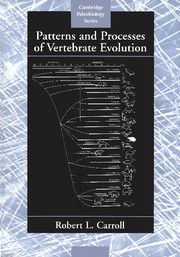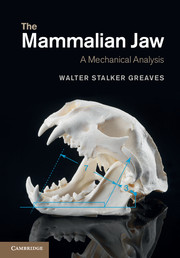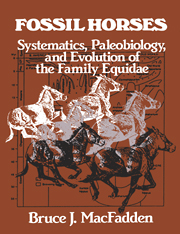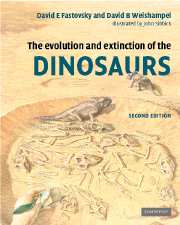Patterns and Processes of Vertebrate Evolution
This new text provides an integrated view of the forces that influence the patterns and rates of vertebrate evolution from the level of living populations and species to those that resulted in the origin of the major vertebrate groups. The evolutionary roles of behaviour, development, continental drift, and mass extinctions are compared with the importance of variation and natural selection that were emphasised by Darwin. It is extensively illustrated, showing major transitions between fish and amphibians, dinosaurs and birds, and land mammals and whales. No book since Simpson's Major Features of Evolution has attempted such a broad study of the patterns and forces of evolutionary change. Undergraduate students taking a general or advanced course on evolution, and graduate students and professionals working in evolutionary biology and palaeontology will find the book of great interest.
- A new advanced undergraduate text discussing the major evolutionary mechanisms and patterns in vertebrate evolution by an acclaimed text book author
- Extensively illustrated, many unique to this book
- Provides an integrated view of evolution, combining information from the study of both modern populations and fossil lineages, developmental biology, plate tectonics, and phylogenetic systematics
Reviews & endorsements
'It is in my view the most important book in vertebrate evolution since Simpson's Tempo and Mode in Evolution (1944), because of what it offers as a summary, an integration, and above all a prospectus for vertebrate biologists of a new synthesis that is showing all signs of a very healthy infancy. Our next generation of scientists would do well to train themselves as Carroll has done in order to fulfill his vision of what integrative vertebrate biology can become.' Kevin Padian Science
'Robert Carroll has broken new ground. He views the fossil record with the eyes of a biologist and a geologist … Not since 1953, when George Gaylord Simpson published Major Features of Evolution, has there been such a well-founded overview of vertebrate fossils, their distribution in time and space, relationships with other organisms and with the environment.' Douglas Palmer New Scientist
'This book is a milestone and is highly recommended. General readers: undergraduate through faculty.' F. S. Szaley, Choice
'… an intellectual tour de force … Carroll's overview is welcome, well organised, affordable in paperback format and will prove a very useful backdrop to undergraduate courses on general evolution of vertebrate history.' David Norman, University of Cambridge
'Carroll's overview is welcome, well organised, affordable in paperback format and will prove a very useful backdrop to undergraduate courses on general evolution or vertebrate history.' David Norman, The Times Higher Education Supplement
Product details
No date availablePaperback
9780521478090
464 pages
254 × 178 × 23 mm
0.985kg
173 b/w illus. 14 tables
Table of Contents
- Preface
- Acknowledgments
- Part I. Current Problems in Evolutionary Theory: Part II. Theories of Evolution at the Level of Populations and Species: Part III. Evolution in Modern Populations: Part IV. Limits to Knowledge of the Fossil Record and Their Influence on Studies of Evolution: Part V. Patterns of Evolution Among Late Cenozoic Mammals: Part VI. Patterns of Evolution of Non-Mammalian Vertebrates in the Late Cenozoic: Part VII. The Influence of Systems of Classification on Concepts of Evolutionary Patterns: Part VIII. Evolutionary Constraints: Part IX. Evolutionary Genetics: Part X. Development and Evolution: Part XI. Physical Constraints: Part XII. Major Evolutionary Transitions: Part XIII. Patterns of Radiation: Part XIV. Forces of Evolution: Part XV. Conclusions and Comparisons: Glossary. References. Index.







